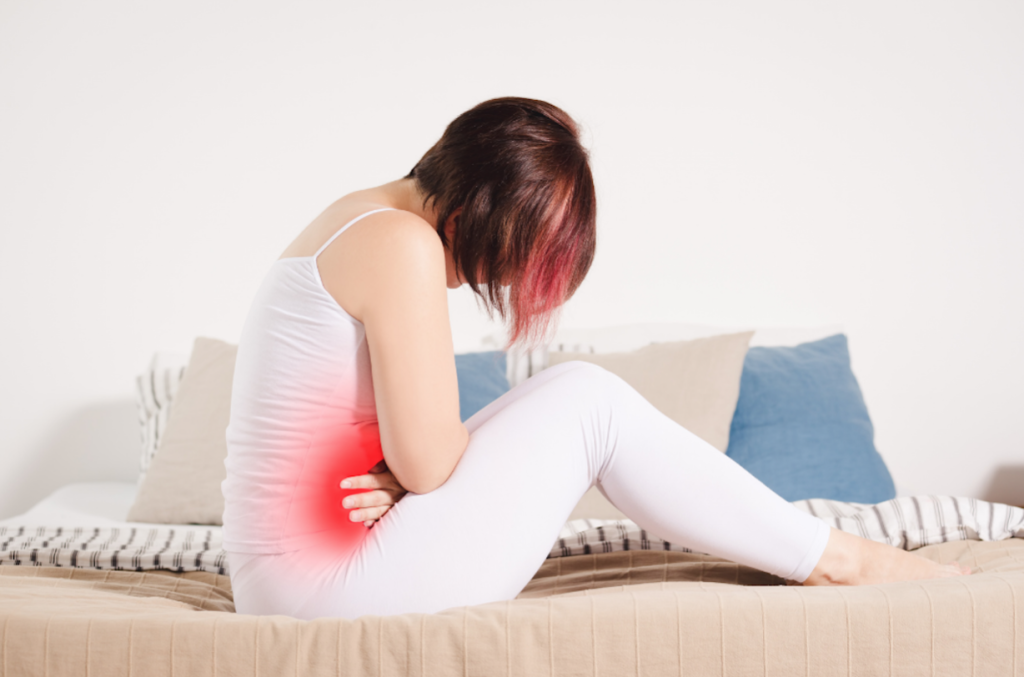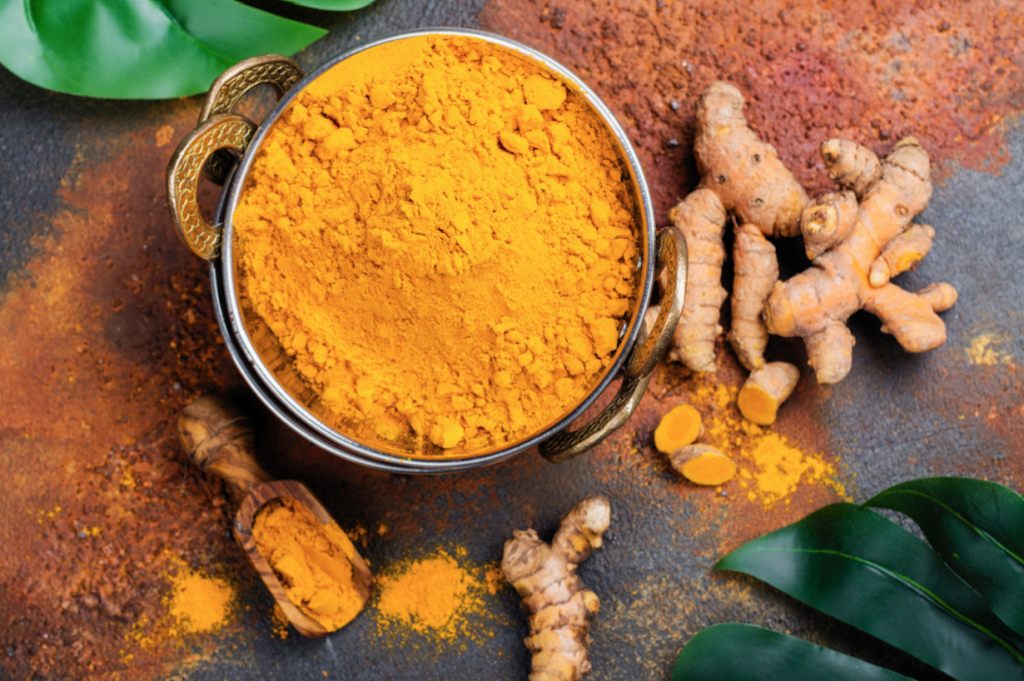Women's Health
Understanding and Managing Endometriosis: A basic guide
Endometriosis is a complex inflammatory disease that affects around 1 in 9 women of reproductive age. It is a condition where tissue that is similar to the lining of the endometrium (uterus) grows on abnormal sites throughout the body, most commonly the pelvic area including the ovaries, fallopian tubes and bladder. These lesions can cause a number of symptoms that will be discussed in this blog, the most common being pain.
Unfortunately there is no cure for this condition, and no real explanation as to why it develops. There is some evidence to suggest that genetics can play a role, as well as the presence of an autoimmune disease and high oxidative stress. This is why Endometriosis Australia has made March Endometriosis Awareness Month, which is all about raising awareness of this complex condition, as well as raising money to go towards research in finding a cure.
Signs and Symptoms
As mentioned before, pain is one of the most common symptoms of endometriosis. This pain can show in various ways including; the days leading up to menstruation as well as during the menstrual period, during or after intercourse, and during bowel movements or urination. This pain can be so severe that it can cause vomiting, referral pain down the legs and extreme fatigue.
Other signs and symptoms include:
- Heavy periods
- Bleeding in between periods
- Constipation
- Diarrhoea
- Bloating
- Nausea
- Infertility
It is thought that between 30% to 50% of women with endometriosis struggle with infertility. However, it is important to note that a women can have endometriosis and have none of the symptoms above known as ‘silent endometriosis’.

Diagnosis and Treatments
It can take an average of 7 to 10 years for a women to be diagnosed with endometriosis, and this can be an extremely frustrating time. Your doctor and specialist may use several methods in attempt to diagnose endometriosis including pelvic exams, ultrasounds, MRI’s, and laparoscopy’s (key hole surgery).
A laparoscopy is the gold standard for diagnosing endometriosis. This is a surgical procedure where the specialist looks inside the abdomen for endometrial tissue outside the uterus. This can provide information on the location, extent and size of the lesions. In some cases, the same procedure can then be conducted to remove the deposits of tissue, in hope of alleviating symptoms.
Management of Symptoms
The symptoms of endometriosis can be extremely debilitating, and often massively impact the individuals social and work life. This next section provides some evidence based dietary and supplementary factors that may help to reduce the severity and help manage symptoms.
Pharmaceuticals
Pharmaceutical medications should not be overlooked for management of symptoms, as medications such as paracetamol, NSAIDS (non-steroidal anti-inflammatory drugs) like ibuprofen and naproxen, and the hormonal contraceptives all have their place in the management of endometriosis symptoms. Speak to your pharmacist or GP for more information in this area.
Curcumin
Curcumin is the active compound found in turmeric that is known for its anti-inflammatory properties, as well as anti-cancer and antioxidant capabilities. Whilst more research is needed, recent studies show promising results that curcumin has the ability to down regulate inflammation and oxidative stress, which can be extremely beneficial for those suffering with pain from endometriosis. On top of this, it is also evident that curcumin can decrease the number of endometriosis cells and the process of cell growth. This is really promising evidence for management of this disease.

NAC
NAC, short for N-acetylcysteine, has been in the spotlight lately for its potential benefits for COVID-19 symptoms, but has been used for years to manage many other conditions, one of those being endometriosis.
NAC is a synthetic form of the amino acid Cysteine, and is used in the body to replenish stores of the powerful antioxidant glutathione. NAC decreases inflammatory protein activity in the body, therefore reducing inflammation. It also has been found to prevent the growth of cysts and reduce the size of existing cysts. One study found that 50% of treatment patients cancelled their laparoscopy due to decreased or resolved cysts, pain reduction, or fertility improvements.

Anti-inflammatory diet
As endometriosis is an inflammatory disease, the aim is to reduce inflammation in the body as much as possible. This means reducing inflammatory processed foods that are high in sodium, sugar and saturated fats, and increasing nutrient-dense foods such as fruits, vegetables, nuts, seeds and healthy fats like extra virgin olive oil and avocado. These are all components of the Mediterranean diet.
The Mediterranean diet has extensive research behind it to support cognitive health, gut health, cardiovascular health, and decreasing inflammation in the body. It is especially high in omega 3s and antioxidants, which have amazing anti-inflammatory properties and abilities to reduce oxidative stress.
Research has also shown that women with endometriosis had significant improvements in symptoms when they eliminated gluten from their diet. Gluten is not inflammatory for a generally healthy person, however for some people it can cause inflammation and be immune disrupting. Research also indicates that some women with endometriosis carry the genotypes (collection of genes) associated with Coeliac disease (gluten allergy) which is why avoiding gluten may be beneficial.
Other considerations for supplementation include a good quality magnesium, Omega 3s, iron and antioxidants such as Vitamin E and Resveratrol.

Conclusion
The tips shared in this blog have some very promising evidence behind them to assisting in alleviating symptoms for suffers of endometriosis. But one last factor we want to add is that support from family, friends, and a trusting team of health professionals is paramount in managing endometriosis.
There are also various support groups and Instagram profiles such as @endogirlgang and @endogram you can follow for extra support.



